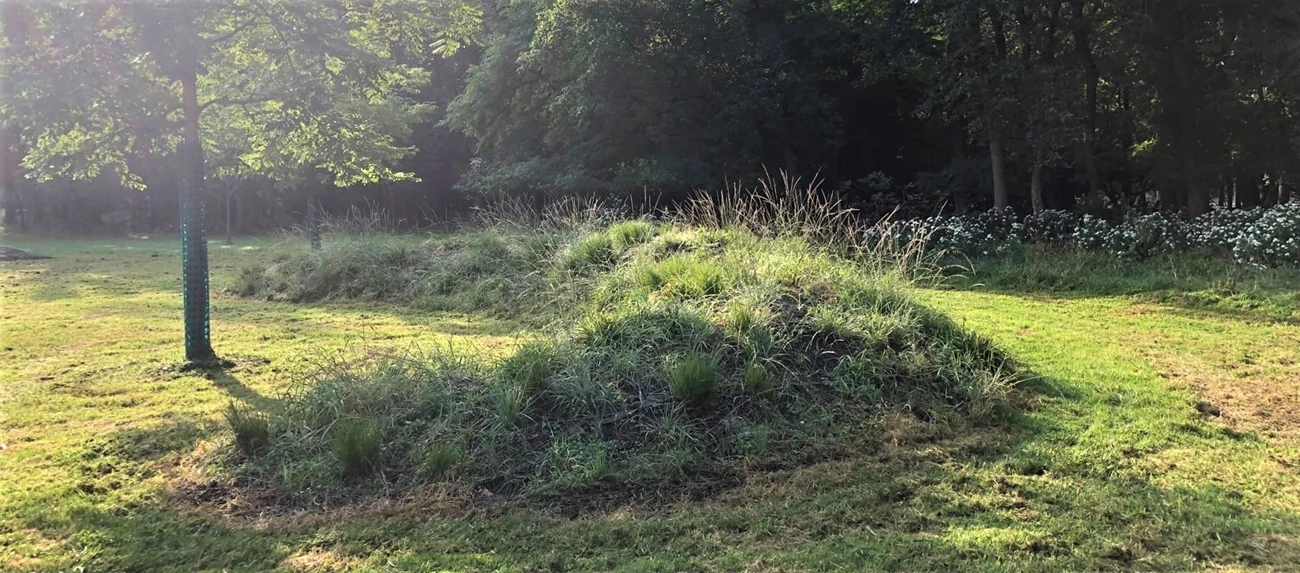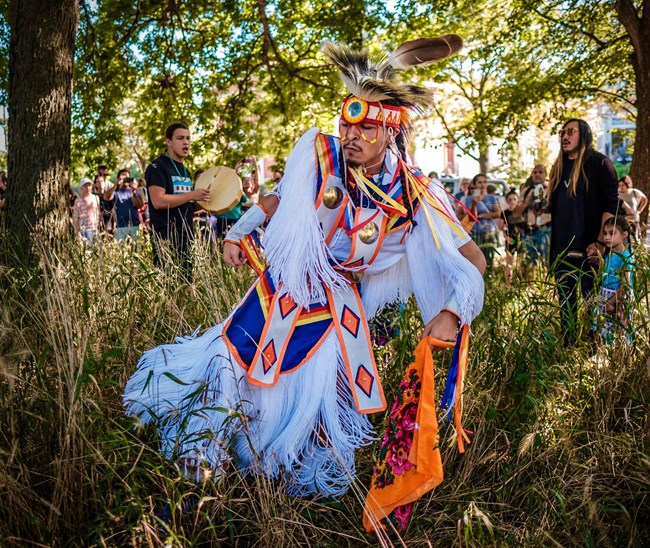Last updated: March 2, 2022
Article
Honoring Indigenous Heritage in Chicago


ILLINOIS
Nestled between the Des Plaines and Chicago rivers, 4000N (formerly known as the Northwest Portage Walking Museum) is a 9-mile, art-lined trail that commemorates the rich heritage of Indigenous people.
The project started out as a broad idea to link Chicago’s two landmark rivers, but quickly turned into a community-led and multi-faceted vision to connect residents to the city’s cultural history and river recreation opportunities. Eager to turn their vision into a reality, the Metropolitan Planning Council asked The National Park Service - Rivers, Trails and Conservation Assistance program (NPS-RTCA) to help partners develop strategic goals, facilitate conversations with stakeholders and local government entities, and identify potential funding opportunities.
After gathering community ideas, Indigenous artist Santiago X, proposed building two effigy mounds – one at each river site to resemble a serpent. NPS-RTCA facilitated a steering committee consisting of members from the American Indian Center, the Portage Park Neighborhood Association and Chicago Public Art Group in securing resources to build the first mound as well as permits to use county land.
On Indigenous Peoples’ Day in 2019, nearly 400 people gathered at Schiller Park, along the Des Plaines River, for the unveiling of the Serpent Mound which was built with native plants and soil. Once the Coil Mound is installed, they will serve as anchors for the interactive walking museum trail and honor the city’s history and Indigenous people.
